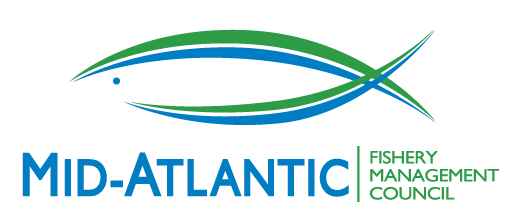During a meeting last week in Annapolis, Maryland, the Mid-Atlantic Fishery Management Council took final action on an amendment to modify the species separation requirements for the Atlantic surfclam and ocean quahog fisheries. If approved and implemented by the Secretary of Commerce, the amendment will allow vessels to land mixed catches of surfclam and ocean quahog during a declared mixed trip. The amendment also introduces enhanced monitoring and reporting procedures to ensure accurate tracking of catch and effective enforcement of regulations.
The Atlantic surfclam and ocean quahog fisheries are managed under an individual transferable (ITQ) system. Current regulations prohibit landing the two species on the same trip or placing them together in the same cages. In recent years, industry has reported that it has become increasingly difficult to avoid mixed catches. This has created challenges related to catch monitoring, allocation tracking, and enforcement, as well as logistical and economic challenges for industry.
In 2021, the Council initiated an amendment to explore potential modifications to the species separation requirements. Although final action was originally scheduled for June 2024, the Council opted to postpone the decision to allow time for a workshop to explore additional implementation approaches and enforcement issues. The two-day workshop was held in October 2024, with participation from Council members, NOAA Fisheries staff, industry representatives, and others. Workshop discussions informed development of a revised alternative which was supported by the fishing industry and ultimately adopted by the Council.
Under the revised regulations, vessels intending to harvest both clam species would be required to declare a mixed trip through their Vessel Monitoring System prior to leaving port. Vessels declaring a single species trip would be subject to the current single species regulations. Any dealer or processing facility wishing to receive mixed catches would be responsible for developing a NOAA-approved catch monitoring plan that describes how their in-plant sorting and reporting of catch for both species will occur. In addition, third-party independent catch monitors would be randomly deployed to shoreside facilities to ensure accurate reporting of catch data.
Although the Council considered requiring full retention of both clam species, they ultimately agreed that this could be avoided if improvements are made to discard data via a combination of increased observer coverage and self-reported discards on vessel trip reports. Observer coverage would be increased in the first year to cover up to five percent of all clam fishing trips. Data collected in the first year would be used to determine the appropriate observer coverage level for future years.
The Council acknowledged that there will be additional costs associated with the increased observer coverage and development of a new shoreside catch monitoring program. Some of these costs could be recouped through the cost recovery program, which requires ITQ allocation holders to pay an annual fee to recover the costs of management, data collection and analysis, and enforcement activities involved with the program.
Secretarial review of the amendment will involve a thorough review of the proposed measures by NOAA Fisheries, including further opportunities for public comment. Additional information, updates, and background materials related to this amendment are available at https://www.mafmc.org/actions/scoq-species-separation.
